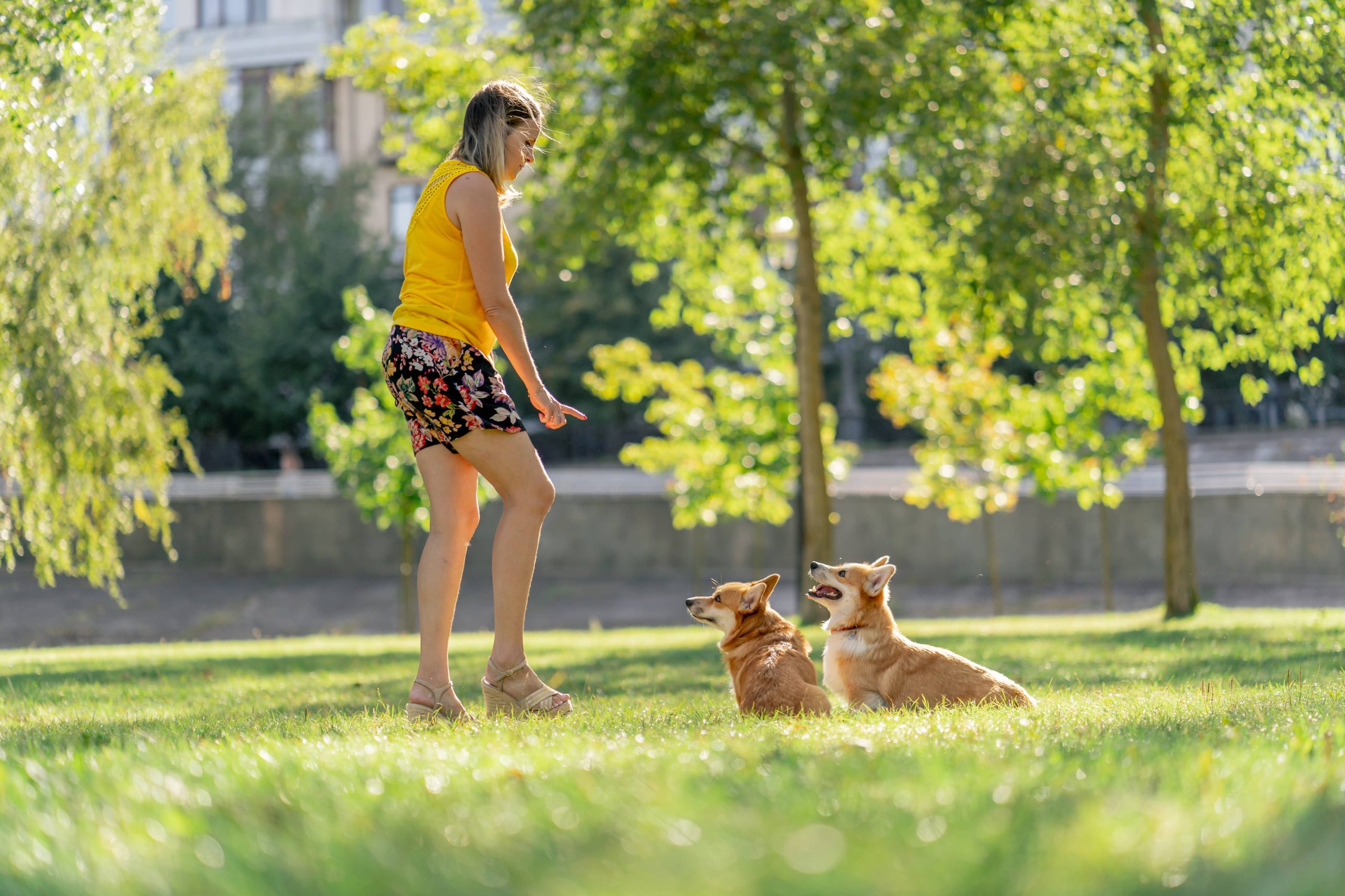
As pet owners, we strive for a harmonious household where our pets feel safe and loved. However, a common challenge many pet owners face is dealing with aggression in their dogs and cats. Understanding the underlying reasons for aggressive behavior is crucial for addressing the issue effectively and ensuring the well-being of both pets and their human companions.
The Nature of Aggression
Aggression in pets can manifest in various forms, from growling and hissing to biting and scratching. It’s important to recognize that aggression is typically a defensive mechanism, a way for animals to protect themselves or their territory. While it may be distressing for us, aggression often stems from understandable sources of fear, frustration, or anxiety.
Factors Influencing Aggression
1. Medical Conditions: One of the first things to consider if your pet shows signs of aggression is their health. Hidden pain or discomfort from conditions like arthritis, dental issues, or injuries can cause both dogs and cats to become irritable and aggressive. Always consult a veterinarian to rule out any medical causes.
2. Fear and Anxiety: Many pets exhibit aggressive behaviors when they feel threatened. For instance, a dog might growl at strangers or during thunderstorms, while a cat might hiss when cornered. These reactions are often tied to previous negative experiences or a lack of socialization.
3. Territorial Aggression: Pets are territorial by nature, and both dogs and cats can become protective of their home, yard, or even specific family members. This type of aggression is usually directed toward perceived intruders, whether they’re other animals or unfamiliar humans.
4. Social Aggression: Particularly in multi-pet households, social hierarchies can lead to aggressive interactions. Dominant pets may exhibit aggression to establish or maintain their status, leading to confrontations.
5. Protection of Resources: Known as resource guarding, this behavior occurs when pets become aggressive over possession of food, toys, or even their favorite resting spots. It’s their way of ensuring they retain access to essential resources.
6. Poor Socialization: Puppies and kittens that aren’t properly socialized during their crucial early weeks may grow up to be fearful and reactive adults. Introducing young pets to a variety of experiences, people, and other animals can help mitigate future aggression.
Recognizing the Signs
Recognizing the early signs of aggression allows for timely intervention. In dogs, warning signs might include growling, showing teeth, raised hackles, and stiff body language. Cats may exhibit signs like flattened ears, arched back, swishing tail, and dilated pupils before escalating to hissing and striking.
Addressing Aggression
Behavior Modification and Training
1. Consult a Professional: If your pet’s aggression is severe or if you’re unsure of the cause, enlisting the help of a professional, such as a veterinarian, animal behaviorist, or certified trainer, is essential. They can provide a tailored plan to address the behavior.
2. Positive Reinforcement: Rewarding your pet for non-aggressive behavior helps reinforce the behavior you want to encourage. This could involve treats, praise, or playtime. Avoid punishments, as they can increase fear and anxiety.
3. Desensitization and Counter-conditioning: This involves gradually exposing the pet to the source of their aggression at a controlled, low intensity, while simultaneously providing positive reinforcement. Over time, the goal is to change their emotional response from negative to neutral or positive.
4. Socialization: Gradual socialization is crucial, especially for young pets. Expose them to different environments, people, and animals in a controlled and positive manner to build their confidence.
Environmental Management
1. Create Safe Spaces: Providing a secure, quiet area where your pet can retreat when they feel threatened can help reduce stress. For cats, this might be a high perch or enclosed bed, while dogs might benefit from a crate or a designated room.
2. Avoid Triggers: If certain situations or stimuli trigger your pet’s aggression, try to avoid them where possible. For instance, if your dog is aggressive toward other dogs, choose walking routes or times that minimize encounters.
3. Consistent Routine: Establishing a predictable daily routine can help reduce anxiety in pets, as they know what to expect. Regular feeding times, walks, and play sessions provide structure and security.
Dealing with Specific Aggressive Behaviors
1. Dog-to-Dog Aggression: If your dog is aggressive towards other dogs, work on socialization in controlled environments. Meet-and-greet sessions with well-socialized dogs under supervision can help improve their interactions.
2. Cat-to-Cat Aggression: In multi-cat households, ensure each cat has access to their own resources (litter boxes, food bowls, resting areas). Gradual reintroduction techniques, like scent swapping, can help reduce tension.
3. Resource Guarding: Practice trading games where you offer something of high value in exchange for the guarded item. This helps teach your pet that giving up their resource leads to positive outcomes.
Conclusion
Dealing with aggression in dogs and cats requires patience, understanding, and a commitment to positive, consistent training. By identifying the root cause, recognizing early warning signs, and implementing a strategic approach, you can effectively manage and reduce aggressive behaviors. Remember, professional help is always beneficial, and every step towards a less aggressive, more confident pet contributes to a happier, healthier home environment.






